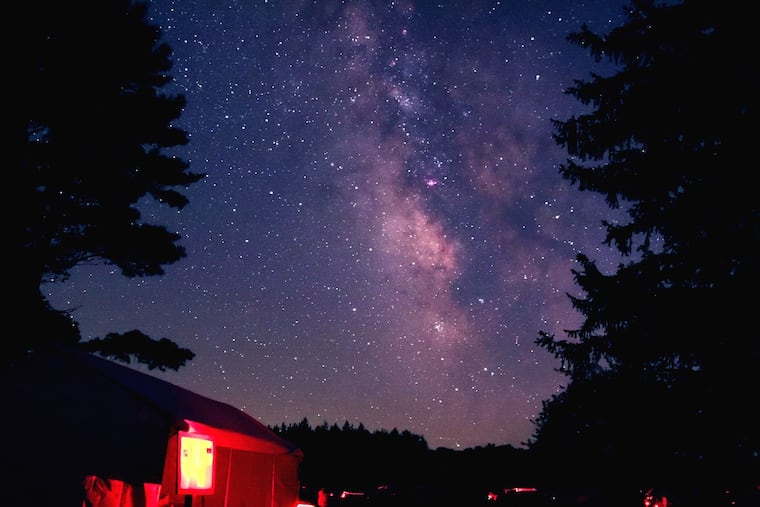Better parks, cleaner rivers: How Pa. will spend a ‘generational’ $765 million for conservation and environmental programs
The money, which is in addition to regular state funding, comes from the American Rescue Plan Act (ARPA), a $1.9 trillion federal pandemic stimulus bill signed by President Biden last year.
